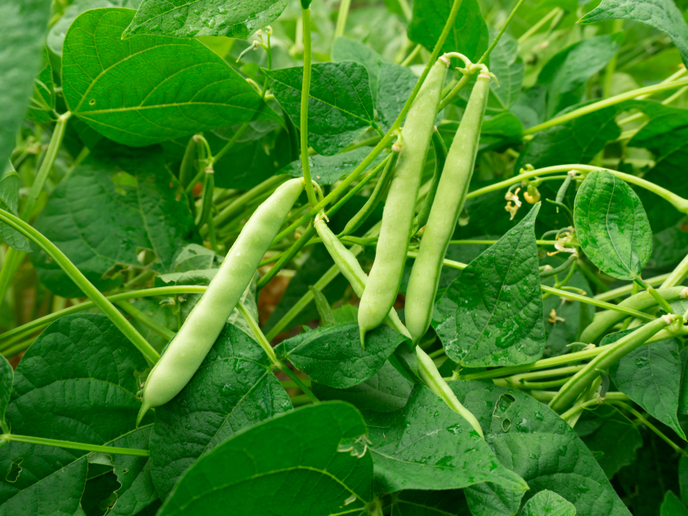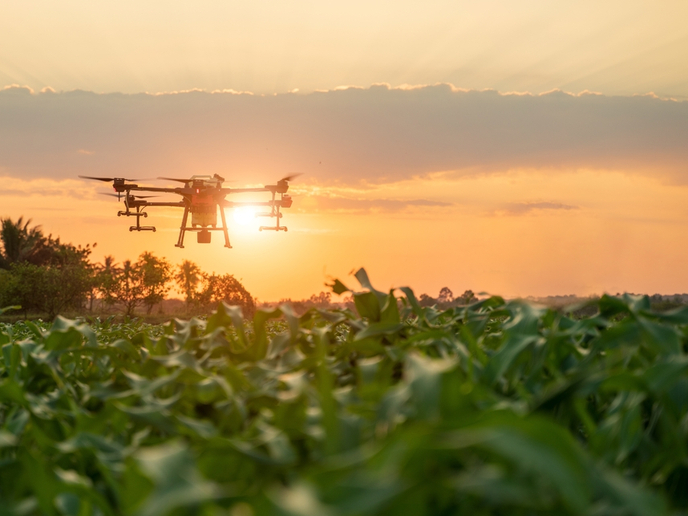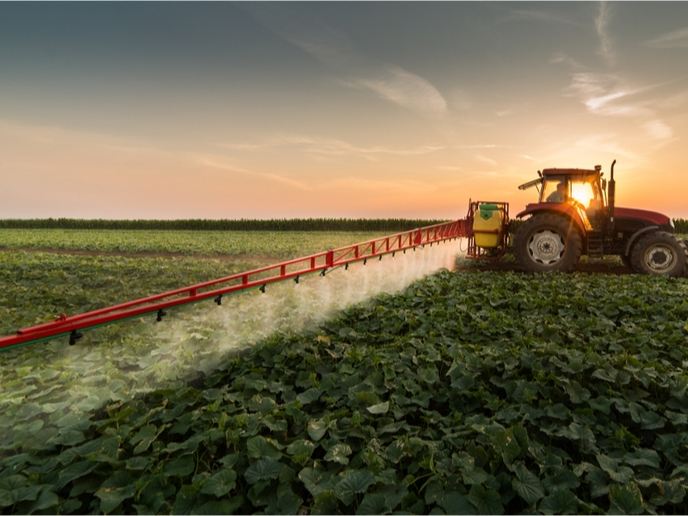Digital innovation delivers optimised food recipes
Citizens increasingly expect food products to be healthy and nutritious. At the same time though, the vast majority are unwilling – or unable – to pay high prices. This presents manufacturers and brands with a key strategic challenge, as they seek to gain an edge in a highly competitive market.
Helping food industry with new product development
The goal of the EU-funded OptiSignFood project, which brought together academia, industry and cutting-edge technology, was to help the sector balance these two drivers, while speeding up new product development. It can take up to two years and millions of euro to create a food product that meets consumer concerns as well as regulatory requirements. “If you look at the statistics, you’ll see that an awful lot of new product development projects fail,” notes OptiSignFood project member Daniel Auner from The Makers (website in German) in Germany. “Manufacturers also tend to operate separately from brand owners and retailers.” To address all these challenges, the project set out to develop a software solution to predict and optimise new formulations. The platform was designed to take account of key variables such as nutritional value, environmental impact, food quality and safety parameters. “Our aim was to improve large-scale food development,” says Auner. “At the same time, we wanted to ensure that our digital solution would not make an already challenging process more complex, but rather simplify things and improve communication between stakeholders.”
Software to predict and optimise new formulations
A first step was to create and build up a database that links nutritional information with impact data, such as the carbon footprint of a particular ingredient. AI and machine learning techniques were applied to enable users to quickly identify optimal combinations, helping them to skip expensive and often fruitless trials. The project’s academic partner Agroscope played a critical role in establishing the nutritional values used by the platform. “Our core competences include carrying out life cycle assessments of food and agricultural systems,” explains project coordinator Thomas Nemecek from Agroscope, the Swiss centre of excellence for agricultural research. “We recently started to link environmental impact to the nutritional value and even health impacts. If we can highlight the health and nutrition impacts of certain food choices, as well as environmental impact, then consumers will be more likely to change their diet.”
Solutions targeted at specific food manufacturers
The finalised software is currently being commercialised and is being targeted at food manufacturers in specific key categories. These include areas such as plant-based milks and various snack and ready meal products. “Manufacturers using our database can speed up the development of recipes by up to 80 %,” says Auner. “The end result is optimised recipes that take account of environmental nutritional and health factors. This is something that can then be communicated to the consumer.” In the meantime, the database is constantly growing, covering more categories in an ever-growing field of innovation. “Our ultimate aim is that, at scale, we will be able to improve the nutrition and sustainability of food products across numerous categories,” adds Auner. “Constant improvements in AI mean that we can further improve our data sets and allow for the development of products that didn’t exist before.”
Keywords
OptiSignFood, digital, food, nutritionally, environmentally, AI, software







